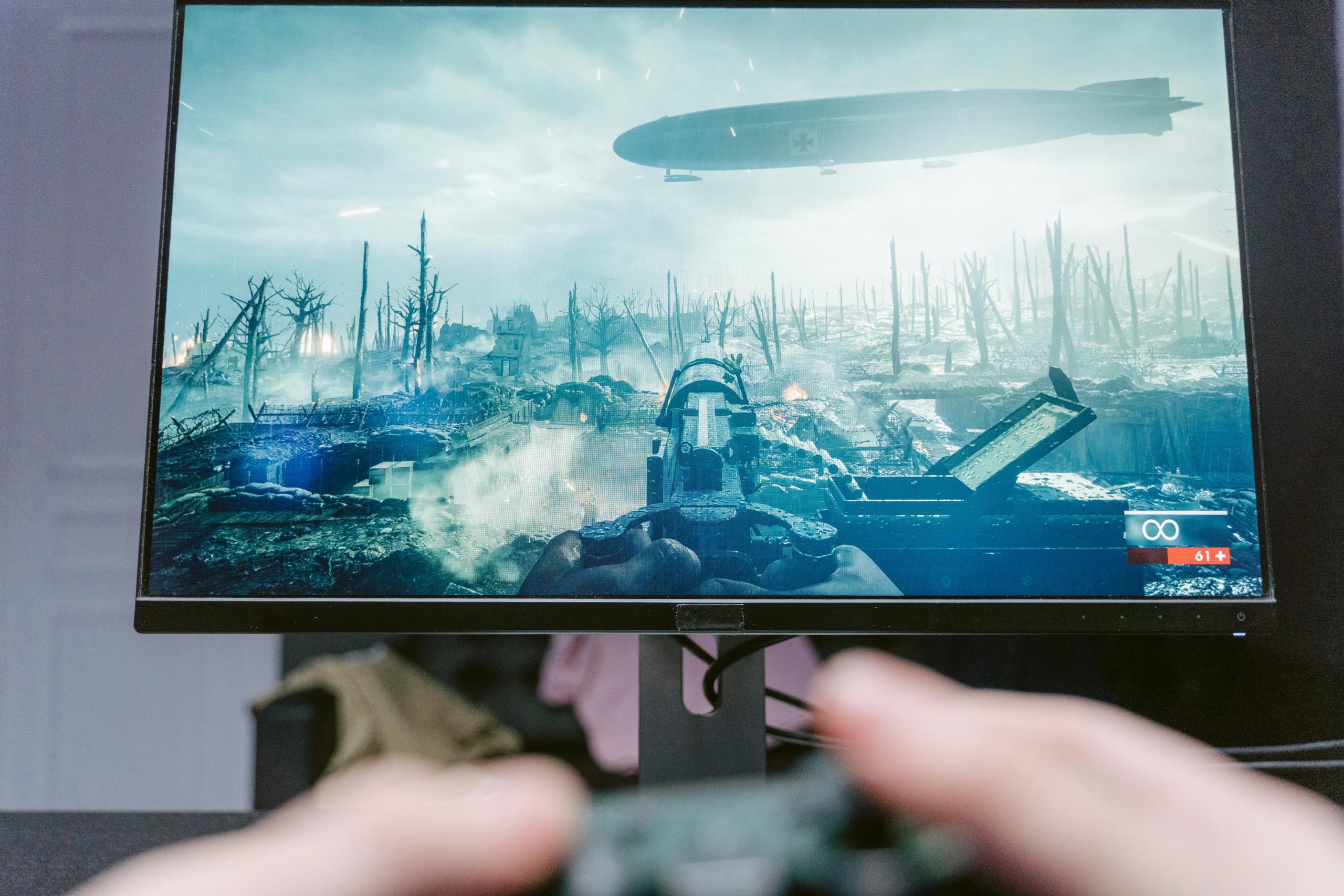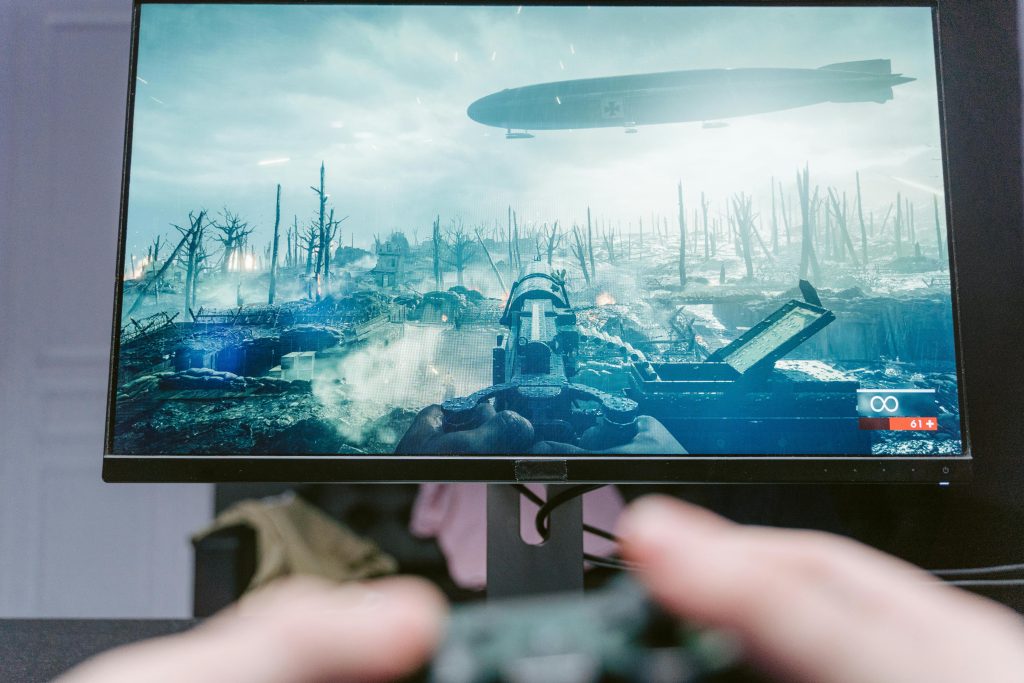Troubleshooting Sudden FPS Drops on Your ThinkPad: What You Need to Know
Experiencing unexpected performance issues while gaming can be frustrating, especially when your laptop previously handled such tasks with ease. If your ThinkPad is now struggling to maintain playable frame rates, despite having run games smoothly in the past, it’s important to identify potential causes and solutions.
Understanding the Issue
Many users notice a decline in gaming performance without a clear reason, leading to questions like: “Has my hardware deteriorated?” or “Are my settings incorrect?” While laptops, including models like ThinkPad, are generally designed for productivity rather than gaming, they can still handle casual gaming if properly configured.
Common Symptoms:
– Sudden drops in fps during gameplay
– Occasional smooth gameplay interspersed with lag
– Inability to achieve previously maintained frame rates (e.g., 60 fps or higher)
– Frames dipping as low as 20 fps during simple games like League of Legends
Potential Causes
- Software and Driver Issues:
- Outdated or corrupted graphics drivers can significantly impact performance.
-
Background applications may consume resources, reducing available CPU and GPU power.
-
Thermal Throttling:
- Overheating components often trigger automatic throttling to prevent hardware damage, leading to reduced performance.
-
Dust buildup or inadequate cooling solutions exacerbate heat issues.
-
Power Settings:
-
Power-saving modes or incorrect power profiles can limit CPU and GPU performance.
-
Hardware Limitations:
- Over time, hardware components may degrade, or cumulative wear might reduce performance.
-
In some cases, hardware upgrades might be necessary.
-
Software Conflicts or Malware:
- Unwanted background processes can hamper system performance.
Step-by-Step Troubleshooting
-
Update Your Drivers
Ensure that your graphics drivers are current. Visit the manufacturer’s website (Intel, NVIDIA, or AMD, depending on your laptop’s hardware) and download the latest drivers. -
Check for System Updates
Keep your operating system up-to-date to benefit from performance improvements and bug fixes. -
Monitor System Temperatures
Use tools like HWMonitor or MSI Afterburner to track CPU and GPU temperatures. If temperatures are high, clean your laptop’s vents and consider using cooling pads. -
Adjust Power Settings
Set your laptop to ‘High Performance’ mode via the power options in Windows Settings to maximize hardware capabilities during gaming. -
Close Unnecessary Applications
Terminate background processes that are not needed
Share this content:



